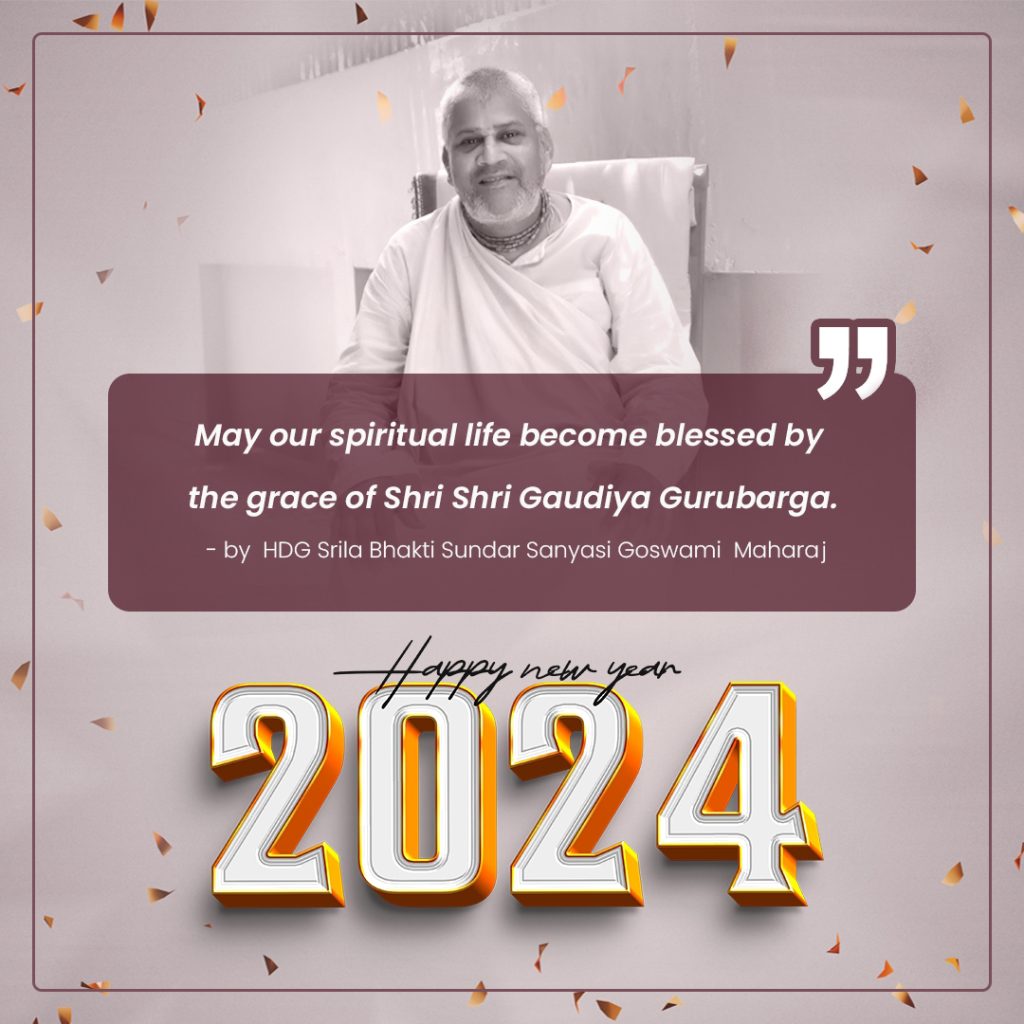
Rath Yatra
The Lord of Puri goes to his garden palace for the annual summer vacation during the height of Indian summer. It is believed that the festival originated when the residents of Vrindavan brought back their Lords, Krishna, Balaram, and Lady Subhadra from Kurukshetra.
Puri’s Lord of the Universe travels in style to his Gundicha temple located outside the town centre of his temple in Puri. Thousands of Hindus flock to see and pull the grand chariots from one temple to the other. The English word “Jagannaut” comes from the giant chariots of Lord Jagannath of Puri. The British were so stunned by the size of the chariots, they coined a word for it!
Subhadra and Bala-Rama, Lord Jagannath’s younger brothers, are worshipped in Puri alongside him. The siblings travel to the summer residence with great pomp in their own chariots. Each of the chariots is covered in distinctly coloured cloth. Various symbols and signs help pilgrims distinguish between the three gods. As a mark of respect and humbleness, the king of Puri sweeps the chariots of the Gods of Puri. The Festival begins with a huge fanfare of conches, trumpets, drums and cymbals. Accompanied by music and dancers, the divine travellers begin their journey to the garden temple.
A wide street connects the main temple and the garden temple to accommodate the three chariots. Temples, ashrams, hotels, inns, shops and mansions of the old aristocracy line the route. All buildings are colourfully decorated with flags, buntings and awnings of bright colours. Ladies in colourful series crowd the balconies, doors and windows decked with flowers. Men and women rush to pull the chariots along the main street of Puri. This is an exciting time in Puri. The Lord who is rarely glimpsed outside his inner sanctum, is now easily accessible to everyone in the streets of Puri
Apart from the city’s hustle and bustle, away from the temple servants, away from their spouses, the siblings enjoy their “Vrindavan-like” garden retreat. The temple routine in the garden temple is very much relaxed compared to the main temple. Various festivities and fun are planned for their short stay in this leafy abode.
As the Lord has only taken his brother and his sister on this holiday, the wives are left at home! Alone and brooding, Goddess Lakshmi (Goddess of wealth), seeks help from Goddess Vimala to get their husband back. Travelling by night, in a closed palanquin, she arrives at the garden temple of the Lord. She enchants the Lord and entreats him to return.
A few days later, Lord returns to his city temple. Though delighted, goddess Lakshmi orders the temple doors to be shut in His face – in the vain hope of teaching Him a lesson! In the conversation that follows, female attendants (dev-dasi) of the Goddess blame the Lord for being inconsiderate, “Jack the Lad”, taking His wife for granted and being far too easily led by the in-laws (sounds familiar?).
According to the sevaks of Puri, Jagannath is their friend, not their master, as in other lilas. In many cases, the residents of Purushottam Sri Kshetra make many comparisons with their own lives in dealing with Jagannath. These intimacies reflect the overall mood and carry the tradition of the heritage of Jagannath’s original coming to Puri many thousands of years before and the wonderful pastimes of the saintly Indradyumna Maharaj vision of the Lord, Visvavasu the Sabara’s attachment to the Lord as Nila Madhav, and finally the mystical appearance of the Dharu-Brahma from which the first Deities were carved by the architect of the devas Vishvakarma, the mystical carrying of the log by the descendant of Visvavasu (Virabhadra) that many elephants and men could not budge. Such wonderful depictive pastimes make one’s hair stand in horipulations at their recitation.
Today in Puri Lord’s servants explain that He really had no choice, as they bring Him back that He went against His will, He still loves Her deeply and respects Her enormously!! Eventually, the Lord offers the female gatekeepers bribes and enters the inner sanctum to pacify the Goddess Lakshmi. Such are the dramas of a married man’s life! The next day, Lord and the Goddess once again appear in public, reconciled and as loving as ever. Life in the great temple has returned to its old routine after Lord’s summer vacation.
Of all the festivals, the Ratha Yatra of Jagannatha is the most famous. This takes place on the second day of the waxing phase of the moon during the Asadha month. Jagannatha ordered King Indradyumna to take him to his birthplace, the Gundica Mandira (symbolically Vrindavana), on this day.
Jagannatha’s ratha is marked with a chakra and garuda, and is yellow in color, with four white horses. The protecting deity is Nrsimha.






